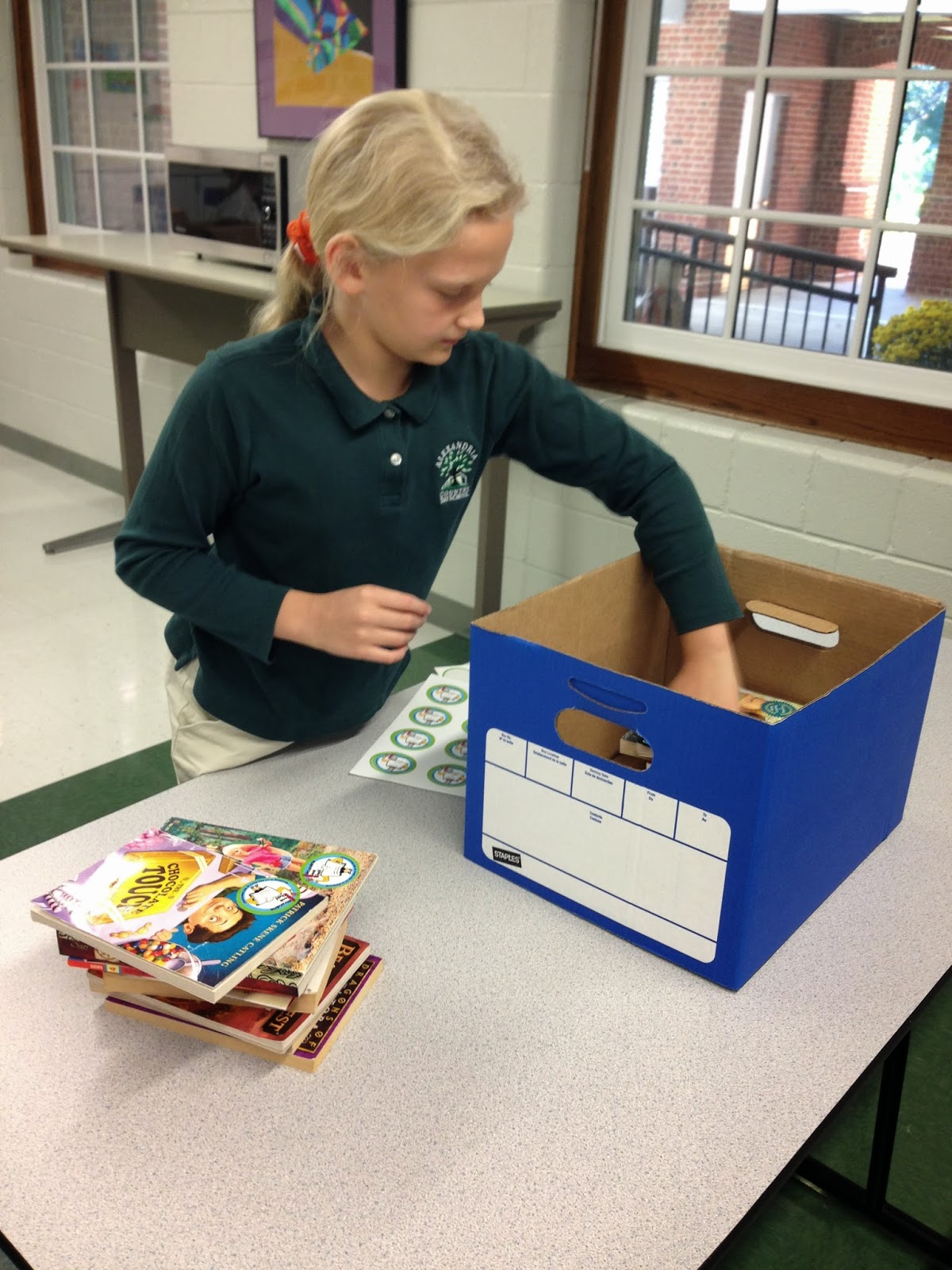On a daily basis, schools across the
nation attempt to help students understand how their words and actions have a
significant impact on the lives of their peers. Many would expect that helping
students learn this important lesson would be simple and straightforward.
However, the reality is that the developing frontal lobes of children make this
learning process long and complicated. The fully developed adult brain can quickly,
effortlessly, and accurately predict the consequences associated with every
decision and action. Furthermore, adults can use this information to execute a
decision that will lead to a positive outcome. For adolescents, the path to
making a good decision is not nearly as clear or easy. Without a fully
developed frontal lobe, children must train themselves to slow down and think
through the intended and unintended consequences associated with their
decisions.
With this in mind, today’s Bullying
Awareness Week assembly focused on showing students the many possible roles
they could play in a bullying situation. More specifically, students from our
Peer Advocates leadership group role-played a situation where a student was
making repeated mean comments toward another student during recess.
The “Bully Circle” was comprised of the target, bully, side-kick, passive supporter, possible bully, disengaged observer, possible defender, and defender. The role-play helped students better understand that anyone who is around a bullying situation is playing a role in the situation. At the conclusion of the role-play, Ms. Mosier encouraged students who find themselves in similar situation to slow down, identify the role they are playing in the situation, and make the decision to become a defender. By taking the time to walk students through the many decisions they face when confronted with a bullying situation, we hope we are training their brains to make decisions that will positively impact everyone around them.










